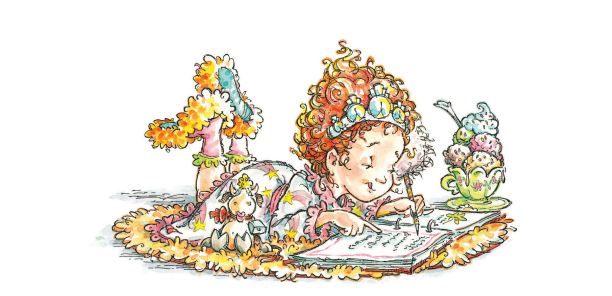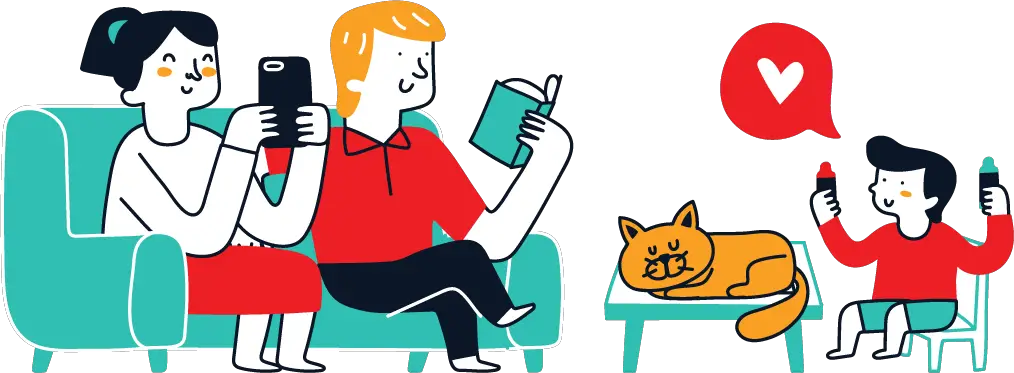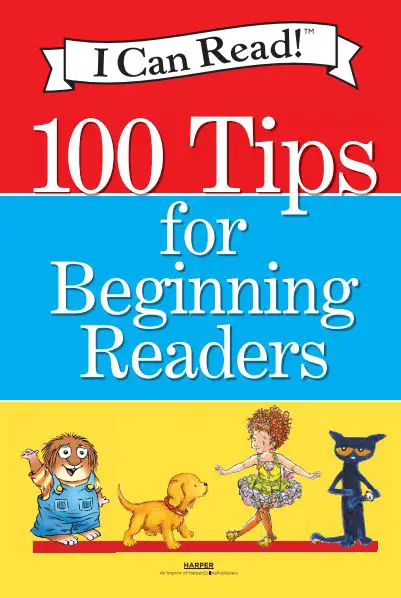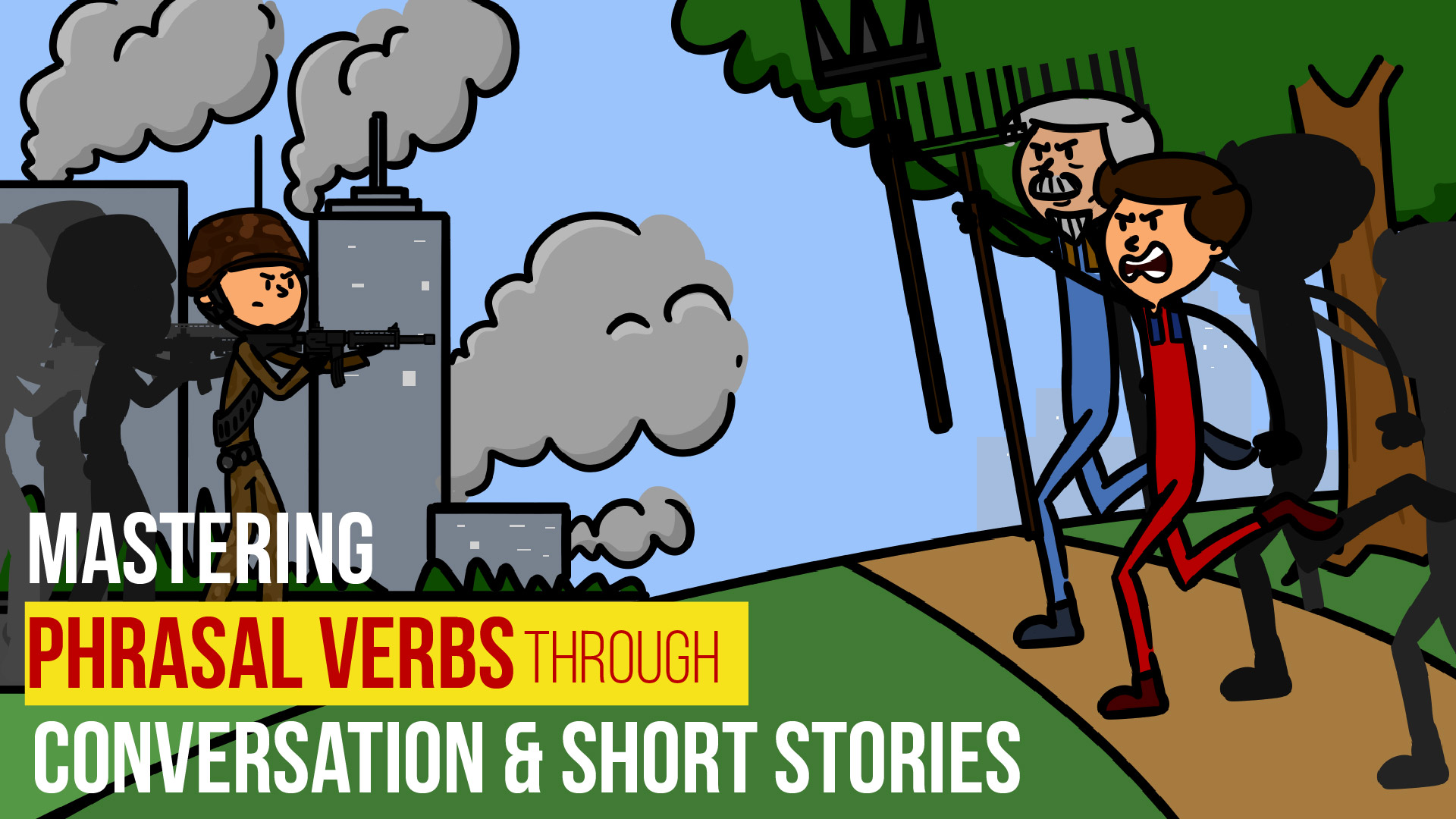Meet the exciting characters of I Can Read!In this book, you will discover one hundred fun activities and tips to help your child become a proficient, enthusiastic reader. These tips cover the essentials of learning to read; from understanding the connection between letters and the sounds they make, to being able to answer questions about key parts of a story. The tips
and activities reinforce the fundamentals set out in the Common Core Standards for Reading, now adopted by most states in America.
One of the most important things you can do for your child is shared, interactive reading. As you explore these tips and activities together, you’ll make reading a positive, joyful experience. Congratulations
on your work to make your child’s reading journey a successful one.
The HarperCollins I Can Readteam
Source: icanread.com

1
It is never too early to begin reading aloud to your child. Even infants learn the sounds, rhythms, and patterns of language as they sit on your lap, listen to your voice, and watch your face as you speak.
2
The benefits of reading aloud are many! Your child will improve memory retention, and hear language patterns that are not part of his or her everyday life.
3
Don’t read too fast! Give your child time to absorb the pictures, the vocabulary, and the concepts of the story.
4
Read every day. Carve out a consistent time to read with your child, like before dinner or at bedtime. This will help your child develop good reading habits.
5
Make shared reading a fun experience for your child. Set up a reading outing. Bring your child to a café, order a hot chocolate, and read together.
6
Find a place to read that will help your child focus. Turn off the television, radio, cell phone, and computer.
7
Make reading a tactile experience. Trace letters in the sand. Use magnetic letters, wooden blocks, or press-on letters when working with your child on letters and letter sounds.
8
Encourage your child to learn about symbols like insignias on cars, bulls-eyes, and those famous golden arches. Understanding symbols will pave the way for learning letters!
9
Help your child learn the names of the letters and the sounds the letters make by turning it into a game. For example, “I’m thinking of an object that
starts with the ‘mmm’ sound.” Give your child points for any word that starts with M.
10
Play the name game! Ask your child for some of his or her friends’ names. Then sound out the names and talk about the beginning letter. P-at, M-eg, D-an, for example! This will help your child learn to connect the letter to its sound
11…
Read more: English for Beginners |5 Tips for self-study speaking English Naturally
Our Partner’s Lesson





